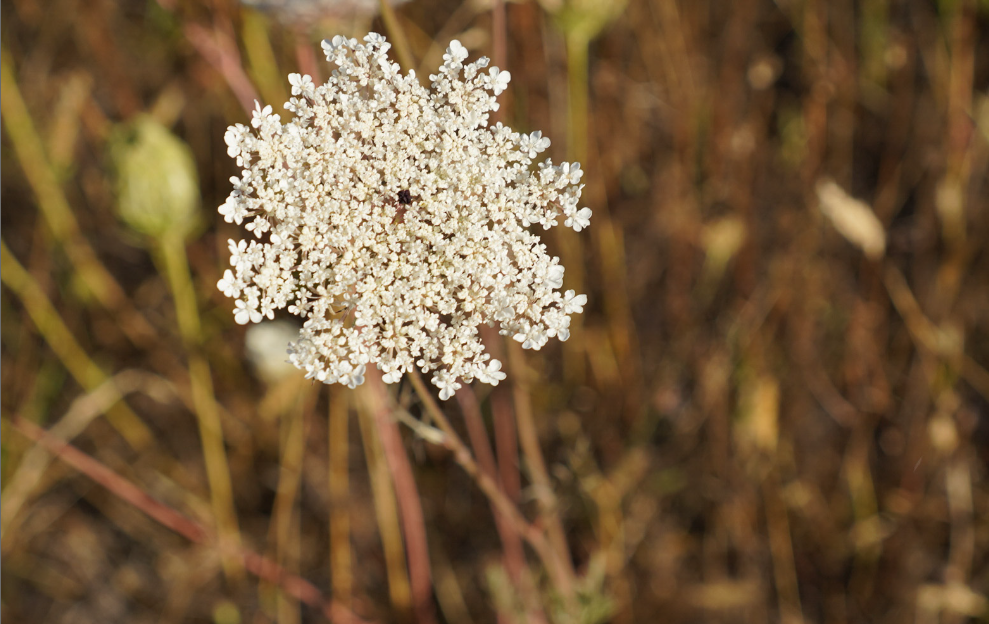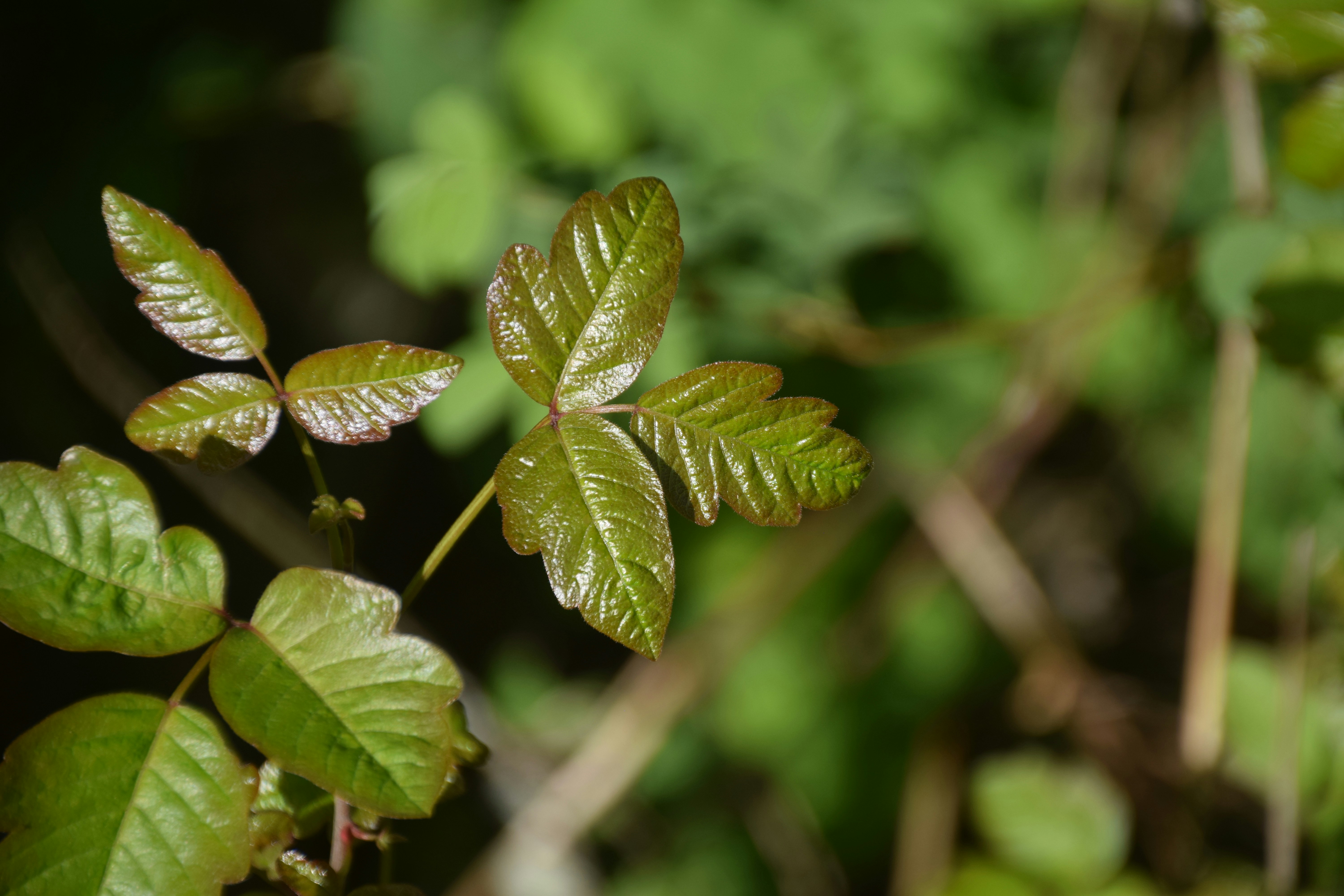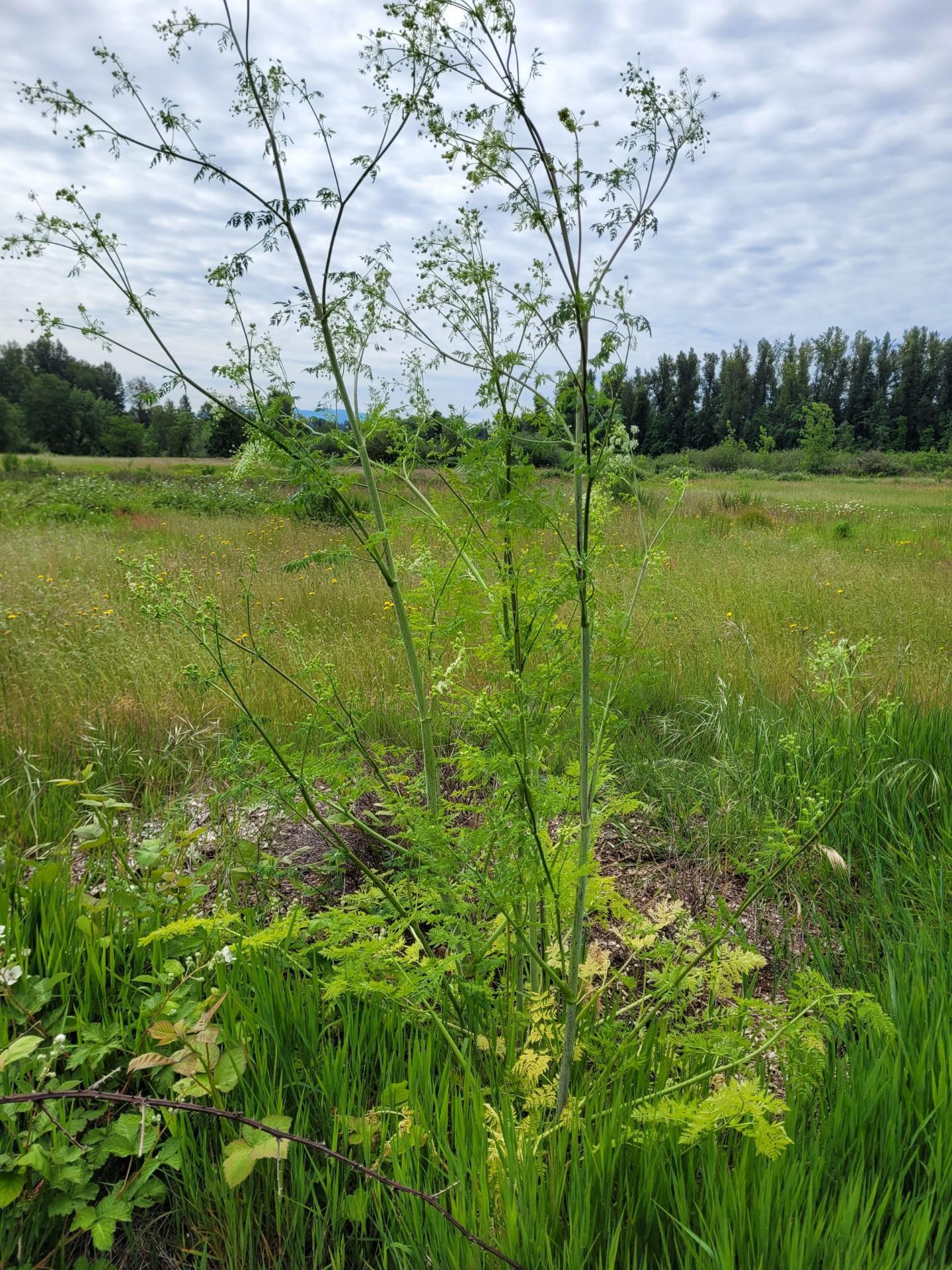For most gardeners, weeds are an inevitable part of gardening life. Although they can be very annoying to a lot of gardeners, some weeds are valued for their medicinal and nutritional content. Whether your feelings towards weeds are negative or positive, you’ll need a plan to keep them under control for the overall health of your garden. While most weeds are innocent, some can harm humans and animals. Some weeds are worse than others and can even be deadly, so it’s worth learning what to watch out for.
How Do Weeds Get in my Garden?
Even if you’ve been weeding your garden for years and have never seen a toxic or poisonous plant, weeds are always on the move. Their goal is to get around as much as possible. Some weed seeds are spread by the wind, and some by birds. Some seeds can lay dormant in the soil for years only to spring to life after being stirred by digging or animals. If you are starting a garden from scratch, some good advice is to dig your beds and then let them sit undisturbed for a couple of weeks; that way, if weed seeds germinate, you can turn them into the soil. Below, you’ll find some common weeds that you should get to know.
Nettles
Stinging nettles get their name for an apparent reason. If you touch the plant, you will experience a burning and stinging sensation, sometimes lasting for hours after the encounter. Very unpleasant, yes, but not life-threatening. Nettles are loved by many for their edible and herbal uses and are valued for their high mineral content. Once nettles are wilted or dried, they are unable to sting. One person’s “weed” is another’s treasure. They’re not very menacing, but you should get to know them, especially if you live in a wooded area or along a stream or river. Stinging nettles can be found worldwide, especially in Europe, Canada, and the United States.
Wild Carrot
Daucus carota, or wild carrot, can be found all over the world in fields, meadows, and roadsides. The young leaves, roots, and seeds are all considered edible (do not eat during pregnancy), and many people forage for wild carrots. So why is it on this “watch out list”? It’s rare, but some people can get a painful rash after touching wild carrot sap. Also, wild carrots are related to some very poisonous plants and can be mixed up with other plants if you don’t know what they look like, so it might be a good idea to learn about them.

Foxglove
Foxglove is a beautiful plant that you can find at many nurseries. The flowers are an essential part of the cottage garden look. If your environment is just right, you might find some of these beauties pop up in your garden bed, probably spread by the wind. As welcome as they might be, it’s worth noting that if they are ingested, they can be deadly. Foxglove has cardiac glycosides known as digoxin, that can affect the heart. Something to remember if you have small children, curious pets, or are new to herbalism, as the leaves can look similar to some medicinal herbs. Modern medicine uses foxglove to make medicines for the heart, but don’t try it at home.
Poison Oak and Ivy
If you live in North America, you may have heard about poison oak or poison ivy. If you’re unlucky, maybe you’ve experienced the horrible rash they can give you. Unfortunately, I am familiar with it. You will probably not encounter any in your garden. Still, poison ivy and oak can thrive in a variety of conditions, so it doesn’t hurt to learn (the rash hurts worse!). Poison ivy and poison oak are different species, but both have urushiol oil, which gives the leaves a shiny appearance. Just brushing against it can be enough to bring on the rash. As the saying goes, “leaves of three, let it be!”. But if you can’t let it be, whatever method you decide to take against it (physically removing or chemically), wear pants, long sleeves, and disposable gloves to be cautious. Wash your clothing afterward; the oil can stick to clothing and transfer to the skin.

Giant Hogweed
Giant hogweed (Heracleum mantegazzianum) is a native of Asia but can be found in Europe, parts of Canada, and parts of the United States. If you touch the sap of giant hogweed and expose yourself to sunlight, you will experience photo-dermatitis or burning blisters. It’s reportedly very painful and much worse than any poison oak or ivy rash. The sap can damage your eyes if they get touched. Giant hogweed lives up to its name by reaching heights between 15-20 feet tall. Giant hogweed looks similar to some other Apiaceae family members. If it’s still in its rosette stage of growth (where the leaves are growing close to the ground before a stalk comes up, usually in the first year), it can be hard to identify. If you think you found some on your property, do not touch it. Many states require you to call a hotline and report it if you ever come across some.
Poison Hemlock
If you only have time to research one family of plants, I suggest you learn about the Apiaceae family. Another problematic member of this group is poison hemlock. Native to Europe, North Africa, and parts of Asia, the National Park Service says that poison hemlock (Conium maculatum) is now found in every state in the U.S. It’s also becoming more common in Canada, Australia, and South America. All parts of this plant are poisonous to humans and many animals. The sap won’t cause the same burns as hogweed, but it can cause a rash. If the plant is ingested, it can cause seizures, coma, or death. Some people seem more sensitive to it than others, and there have been reports of people getting sick from unknowingly pulling it with bare hands. Children are especially vulnerable to accidental poisoning.
This plant loves disturbed soil (such as when creating a new garden bed), and the seeds can lay dormant for up to 6 years. It starts as a low-growing rosette resembling a light green fern. It can range from 2-10 feet tall. It can be identified by its splotchy reddish-purple stalk. The stalk is completely smooth and hollow. If you pull one out, it will have an unpleasant smell. It’s recommended that you get a professional to help with the removal. If you are determined to remove it yourself, wear disposable gloves, protective eye gear, long sleeves and pants. It’s recommended to wear a mask to minimize the risk of inhaling the “fumes” it puts out when its removed. Do not burn or compost the pulled weeds. Dispose of them in a trash. Weed-whacking the plants is not recommended either.
Although poison hemlock is usually found on the side of roads and fields, I recently found some growing between gravel in my garden path and among some lilies. My neighbor had one show up in a pot, which grew several feet tall with flowers, until they realized what it was.
Toxic and Poisonous Plants in Your Area
You can get to know the local weeds in your area by visiting the extensions website local to your area. You may never need to deal with these weeds, but knowledge is power. If you familiarize yourself withe them now, you can save yourself from an unfortunate incident in the future.
